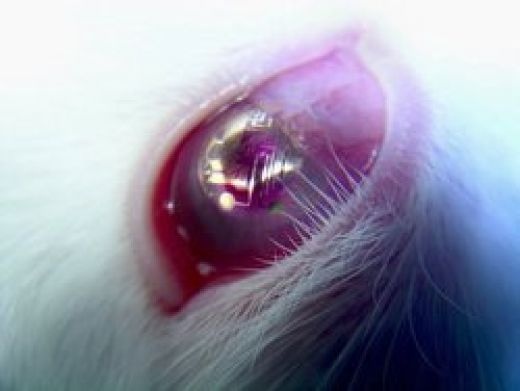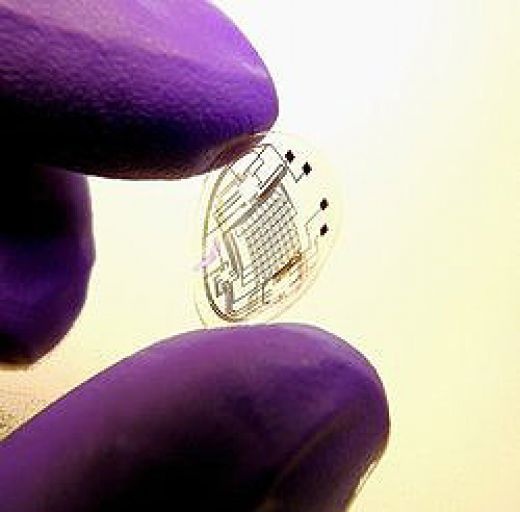
Some engineers at the University of Washington, led by Babak Parviz, an assistant professor of electrical engineering at the same university, have used for the first time, production techniques microscopic scale to build a flexible and biologically safe contact lenses an electronic circuit impressed.
The research results, funded by the National Science Foundation and the Technology Gap Innovation Fund at the University of Washington, were presented at the International Conference on Micro Electro Mechanical Systems at the Institute of Electrical and Electronics Engineers.
The technology can allow viewing before the eye of any image at high resolution allowing a user to, for example, go directly in its field of view its documents and any collection of music.
But of course the lens could be used for purposes of training of pilots, firefighters and other workers that we could see a virtual scenario similar to what they encounter in the event of actual intervention. And for communications, people can surf the Internet in midair on a virtual screen that only they will be able to see. To use the words of Babak Parviz, the objective of the research is to integrate a display that can do everything now makes a iPhone or computer, but before our eyes. With the ability to manipulate the document using voice. Other scope could be that of medicine where the lens would allow doctors to more easily diagnose diseases; more with the military integration of the infrared lens to allow soldiers to see the horse.
And it is the vastness of the areas of application that raises the issue of security in order to exploit fully the technology will need lenses communicate via wireless sensitive data that should protect against any interceptions.
With the integration of metal circuits and light emitting diodes in a polymer-based lens, researchers have created a functional circuit, which is biologically compatible with the eye. Antennas ultra-thin few nanometers thick, are used to transmit information wirelessly with the outside world.
The objective, which is thinner and more comfortable to wear as a normal contact lens, was created with two goals in mind, said its creator.
One is to enable users to live in a "Augmented Reality". Computer images superimposed to the field of vision could give soldiers and medical real-time information about their environment, as well as civilians that allows you to navigate through their music collection.
The next step for the team in Washington is to deal with concerns about physical security.
Researchers have placed the lens, without turning the system for 20 minutes into a not found any side effects. Of course, researchers are cautious and want to take every precaution to ensure that the system is safe and avoid possible damage caused by the heat generated from any circuits incorporated in the lens.




